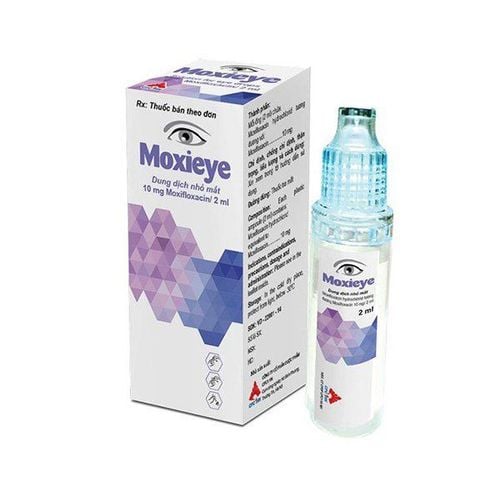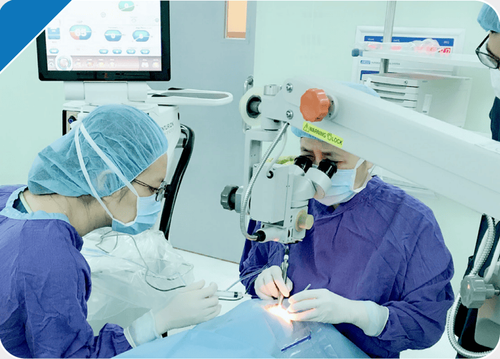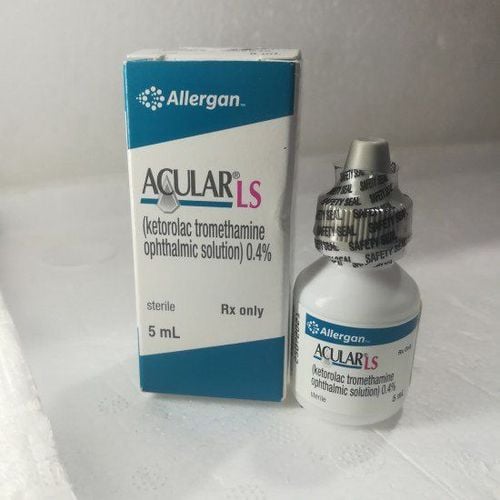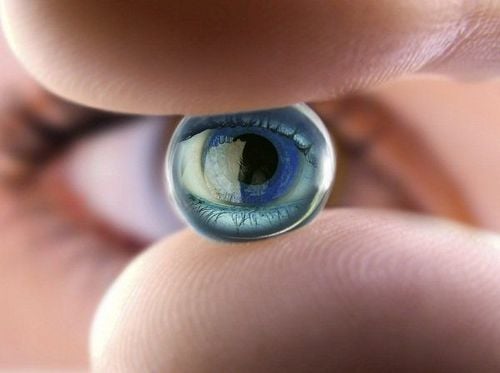This is an automatically translated article.
The article was consulted with Master, Doctor Hoang Thanh Nga - Ophthalmology - Department of Medical Examination & Internal Medicine - Vinmec Ha Long International General Hospital.When to need cataract surgery, what methods are there? What should be kept in mind after cataract surgery? These are issues many patients care about.
1. What is cataract?
A cataract is a cloud-like phenomenon in the lens of the eye. This phenomenon causes vision, color may be blurred. Cataracts can also make the eyes more sensitive to light or difficult to see at night.Cataracts usually begin to form around age 40 when proteins in the lens begin to break down. Most people don't notice this change until after age 60, but sometimes cataracts can grow faster and cause eye problems earlier.
2. When is cataract surgery necessary?
Many people with cataracts notice the effects on daily life. Can you work and drive safely? Do you have problems reading, using your phone or watching TV? If the answer is yes, your doctor may recommend cataract surgery. If you need surgery on both eyes, you need to wait for surgery on the first eye to heal before proceeding with surgery on the second eye.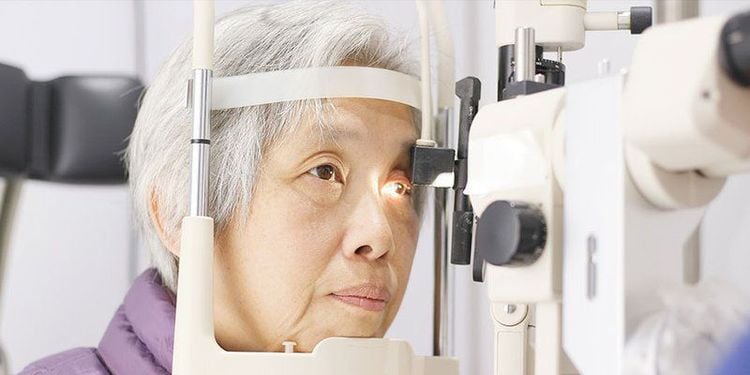
Phẫu thuật đục thủy tinh thể được chỉ định khi người bệnh được thăm khám
3. Cataract surgery methods
The surgeon will remove the cloudy lens of the eye and insert an artificial lens. There are 2 ways to do it.Phacoemulsification surgery: With phaco cataract surgery, the surgeon cuts a small hole in the transparent covering over the eye (cornea), and uses it. an instrument that emits sound waves that breaks a chiseled lens into small pieces. Then, use a small vacuum to suck out the debris and place the new lens in. With phaco cataract surgery, the incision is so small that it usually heals without stitches. Extracapsular vitreous surgery: The surgeon makes a slightly larger cut to remove the lens in one piece. This type is often used when the cataract has a lot of opacity, because it makes phaco surgery more difficult to break. However, the surgeon can still use cataract surgery to remove any remaining portion of the lens. Laser surgery: Doctors can use a laser instead of a scalpel (small knife) to operate, to correct some vision problems (astigmatism), to help patients become less dependent on glasses after surgery. surgery. In addition to making a cut in the cornea, the laser can also help soften the cloudy lens to make it easier to remove. However, laser surgery usually costs more.
4. Types of lenses used in cataract surgery
In cataract surgery, the types of lenses used are:Fixed monofocal lenses: Doctors may use several types of replacement lenses. Most patients need fixed lenses for both eyes and use a different pair of glasses for reading or near vision. This type of lens is also suitable for many patients because of its low cost, covered by insurance. Your doctor may consider implanting a monofocal lens for distance vision in one eye while another monofocal lens for reading in the other eye. However, cataract surgery using this type of lens is only suitable for those who are used to and prefer contact lenses. Single-focus lens: Scientists have designed this new monofocal lens to function like an eye lens. The small eye muscles change shape to be able to focus at different distances. With this lens, the patient will see clearly at medium and far distances, but may have difficulty seeing up close. Special eye exercises may be helpful to the person, but they may need to wear reading glasses after cataract surgery. Multifocal intraocular lens: This lens divides light into a distant image and a near image that the patient sees at the same time. With this type of lens, the patient does not need to wear glasses after surgery. However, it can cause glare or a halo effect, which can sometimes be difficult to see, especially at night. Toric lens: If the patient has astigmatism, vision will be blurred because the cornea changes shape. That affects how light is focused on the inside of the eye. Scientists have designed toric lenses to compensate for the shape of the astigmatic eye and provide clearer vision, even without glasses.
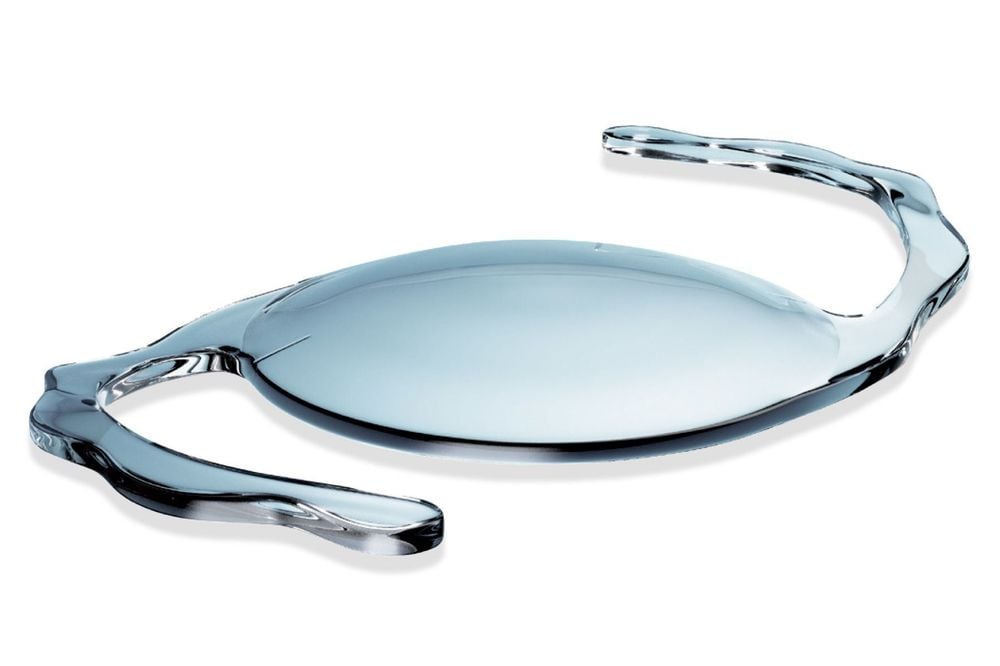
Một số loại thấu kính sẽ được áp dụng trong phẫu thuật đục thủy tinh thể
5. Notes before, during and after cataract surgery
Before surgery:The eye surgeon (ophthalmologist) will measure the size and shape of the eye and the curve of the cornea to place the new lens in proper focus. Your doctor will also ask about any medications you are taking, as you may need to stop taking medications that could affect surgery or recovery. In addition, your doctor may also prescribe antibiotic or steroid eye drops for you to use before and after surgery to prevent infection and swelling. During surgery:
The medical staff will wash the area around the eye and dilate (widen) the pupil with drops. The patient is anesthetized in the eye. Usually, cataract surgery is painless and lasts less than 1 hour. The person may be able to see some light or movement, but will not see what is happening with his or her eyes. The patient will be monitored for about 30 minutes after that to ensure health, then can go home. After surgery:
The patient is given a protective eye patch to wear at night and eye drops used for several weeks to help the surgical wound heal. Your doctor will also give you instructions on what to do or not to do for the next week or so. Patients will also have a follow-up appointment after cataract surgery to check their condition. After surgery, your vision may be slightly blurred, but you should see better in a few days and your eyes should be completely healed within 8 weeks.
6. After cataract surgery, when to contact the doctor?
After surgery, the eyes may be a little sensitive, swollen and teary for a few days, this is completely normal. The eyes may also be more sensitive to light or the person may see everything as red or pink. However, this is not a serious problem nor is it common. However, if you have any of the following symptoms after cataract surgery, contact your doctor:Loss of vision; Pain in the eye that does not go away despite taking pain relievers ; Severe red eyes; Seeing flashes of light or drifting clouds. =>>Advice from Master, Doctor Hoang Thanh Nga - Department of Medical Examination & Internal Medicine - Vinmec Ha Long International Hospital: When there are abnormal symptoms after surgery, it is necessary to go to the doctor immediately for treatment, avoid complications affecting vision and eye function. Vinmec International General Hospital has full human resources and modern equipment to help diagnose and treat eye diseases.
With many advantages, Phaco cataract surgery has become popular nowadays in Vietnam. In which, Vinmec International General Hospital is evaluated as one of the best facilities for cataract treatment by Phaco surgery today.
When having Phaco surgery at Vinmec, patients are examined and treated by highly qualified doctors with many years of experience in eye treatment. Vinmec uses the most modern Phaco surgical machine, Centurion, with high safety, effective dispersion, and good energy balance. With a small incision < 2.2 mm, no stitches, no bleeding, no pain, minimizing the possibility of astigmatism and complications after surgery, the recovery time after surgery is very fast, the patient can see right away. the first days after surgery.
Using the highest quality replacement lenses available today, Vinmec International General Hospital is the first hospital in Vietnam to provide boxes and cards that guarantee information and quality about artificial lenses for patients. customer. Advantages of lenses used at Vinmec:
Good adhesion, minimizing displacement in the eye; Special design minimizes the rate of secondary posterior capsular opacities; Intra-capsular stability provides the best possible vision; Has the ability to filter blue light, filter UV - rays that are harmful to the retina, causing macular degeneration (AMD); 100% new set of surgical consumables used only once, ensuring high safety in surgery.
Please dial HOTLINE for more information or register for an appointment HERE. Download MyVinmec app to make appointments faster and to manage your bookings easily.
Reference source: webmd.com



